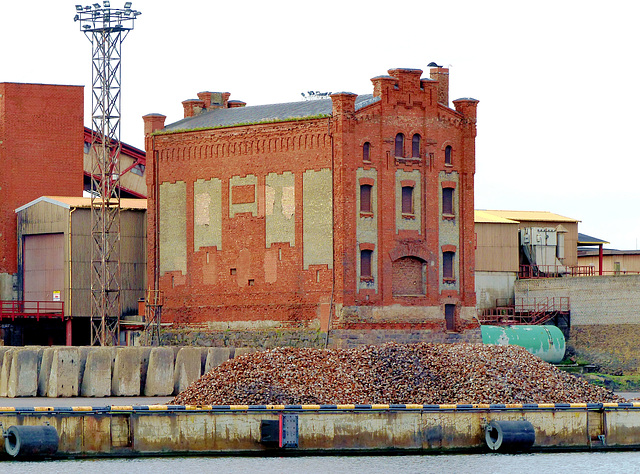Ventspils
Ventspils - St. Nicholas
Ventspils - Castle
Jūrkalnes - Sv. Jāzepa Romas katoļu baznīca
Baltic Sea
Liepāja - Pētertirgus
Liepāja - Pētertirgus
Liepāja - Pētertirgus
Liepāja - Svētās Annas baznīca
Liepāja - Svētās Annas baznīca
Liepāja - Svētā Jāzepa Katedrālē
Liepāja - Svētā Jāzepa Katedrālē
Liepāja - Svētā Jāzepa Katedrālē
Kretinga - Viešpaties Apreiškimo Švč. Mergelei Mar…
Kretinga - Viešpaties Apreiškimo Švč. Mergelei Mar…
Kretinga - Viešpaties Apreiškimo Švč. Mergelei Mar…
Kretingalė
Palanga
Curonian Spit
Curonian Spit
Klaipėda
Klaipėda
Klaipėda
Klaipėda - Klaipėdos dramos teatras
Klaipėda
Klaipėda - Ordensburg
Pilviškiai - Killing Field
Marijampolė - Synagogue
Marijampolė - Šv. arkangelo Mykolo bazilika
Marijampolė - Šv. arkangelo Mykolo bazilika
Location
Lat, Lng:
Lat, Lng:
You can copy the above to your favourite mapping app.
Address: unknown
Lat, Lng:
You can copy the above to your favourite mapping app.
Address: unknown
See also...
Keywords
Authorizations, license
-
Visible by: Everyone -
All rights reserved
-
70 visits
Ventspils


At the mouth of the Venta River was a settlement called Sagare, which was mentioned in 1253. In 1290 the castle "Winda" of the Livonian Order was completed as the center of the Windau commandery. The town developed around the castle. It was chartered in 1314 and became an important mercantile city of the Hanseatic League.
As part of the Duchy of Courland, Ventspils blossomed as a shipbuilding centre. 44 warships and 79 trading ships were built here, and it was from Ventspils that the Duke's fleet set out to colonize Gambia and Tobago. Metal, amber, and wood-working shops also became important to the city's development.
During the Polish-Swedish War and the Great Northern War, Ventspils was destroyed, and in 1711 a plague wiped out most of the remaining inhabitants. After the Third Partition of Poland in 1795 Ventspils fell under the control of Russian Empire.
The port was modernized in the 1890s and connected to Moscow by rail. It became one of Imperial Russia's most profitable ports
As part of the Duchy of Courland, Ventspils blossomed as a shipbuilding centre. 44 warships and 79 trading ships were built here, and it was from Ventspils that the Duke's fleet set out to colonize Gambia and Tobago. Metal, amber, and wood-working shops also became important to the city's development.
During the Polish-Swedish War and the Great Northern War, Ventspils was destroyed, and in 1711 a plague wiped out most of the remaining inhabitants. After the Third Partition of Poland in 1795 Ventspils fell under the control of Russian Empire.
The port was modernized in the 1890s and connected to Moscow by rail. It became one of Imperial Russia's most profitable ports
Ulrich John has particularly liked this photo
- Keyboard shortcuts:
Jump to top
RSS feed- Latest comments - Subscribe to the comment feeds of this photo
- ipernity © 2007-2024
- Help & Contact
|
Club news
|
About ipernity
|
History |
ipernity Club & Prices |
Guide of good conduct
Donate | Group guidelines | Privacy policy | Terms of use | Statutes | In memoria -
Facebook
Twitter

Sign-in to write a comment.